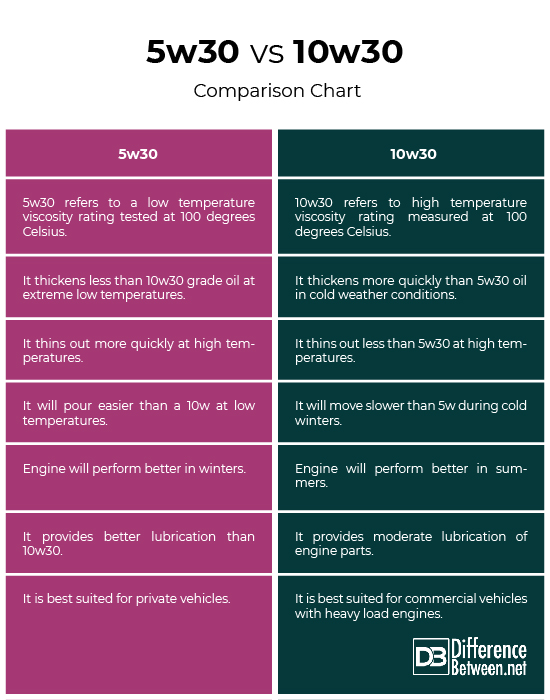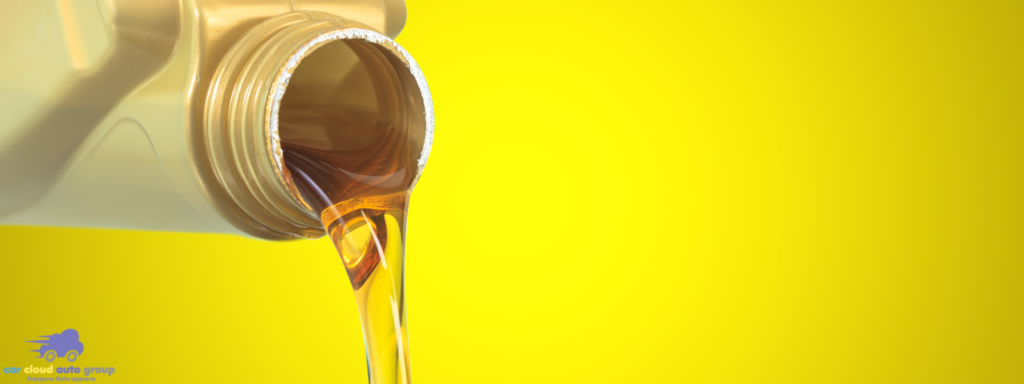What is the Difference between Drive Belt and Timing Belt? When it comes to the functionality and operation of a car’s engine, there are many components working together to ensure smooth performance. Two essential components that play a crucial role in the engine’s operation are the drive belt and the timing belt. While they may sound similar, they serve different purposes and have distinct characteristics. In this article, we will explore the difference between drive belts and timing belts.
Drive Belt:
A drive belt, also known as a serpentine belt, is responsible for driving various accessory components in the engine. These components include the alternator, power steering pump, air conditioning compressor, and water pump. The drive belt is typically made of reinforced rubber with a series of grooves or ribs on one side. These grooves allow the belt to grip the pulleys of the accessory components, transferring power from the engine to them.
The drive belt is designed to withstand a significant amount of tension and stress as it rotates at high speeds. Over time, the drive belt may wear out or become damaged due to constant use and exposure to heat and friction. It is essential to regularly inspect the drive belt for signs of wear and replace it if necessary to ensure proper operation of the accessory components.
Timing Belt:
On the other hand, a timing belt is responsible for synchronizing the rotation of the crankshaft and the camshaft(s). The camshaft controls the opening and closing of the engine’s valves, while the crankshaft converts the linear motion of the pistons into rotational motion. The timing belt ensures that these two components are precisely timed to optimize engine performance.
Timing belts are typically made of high-strength materials like rubber with embedded fibers or cords for added durability. They have teeth on one side that mesh with corresponding gears on the crankshaft and camshaft(s). These teeth help maintain the correct timing between the rotation of the crankshaft and the camshaft(s). If the timing belt fails or breaks, it can lead to severe engine damage, including bent valves and piston damage.
Unlike the drive belt, the timing belt is subject to specific replacement intervals. The manufacturer sets these intervals based on the engine design and the material used for the timing belt. It is crucial to adhere to these intervals and replace the timing belt as recommended to avoid potential engine damage.
Differences:
1. Function: The main difference between the drive belt and the timing belt is their function. The drive belt drives accessory components like the alternator and power steering pump, while the timing belt synchronizes the rotation of the crankshaft and camshaft(s).
2. Construction: Drive belts are usually made of reinforced rubber with grooves or ribs on one side. Timing belts, on the other hand, are made of high-strength materials like rubber with embedded fibers or cords and have teeth on one side.
3. Tension: Drive belts are designed to withstand tension and stress as they rotate at high speeds. Timing belts, on the other hand, require precise tension to maintain proper timing between the crankshaft and camshaft(s).
4. Replacement Intervals: Drive belts are typically inspected for wear and replaced as needed. Timing belts, on the other hand, have specific replacement intervals set by the manufacturer to prevent engine damage.
5. Potential Damage: If a drive belt fails or breaks, it may result in the loss of power to accessory components, leading to reduced performance. However, if a timing belt fails or breaks, it can cause severe engine damage and may require a complete rebuild.
Read More: How Many Kilometers Can a Timing Belt Last?
Conclusion
In conclusion, drive belts and timing belts have different functions and characteristics. The drive belt drives accessory components, while the timing belt synchronizes the rotation of the crankshaft and camshaft(s). It is important to regularly inspect and replace both belts as recommended to ensure the proper operation of the engine and avoid potential damage.


